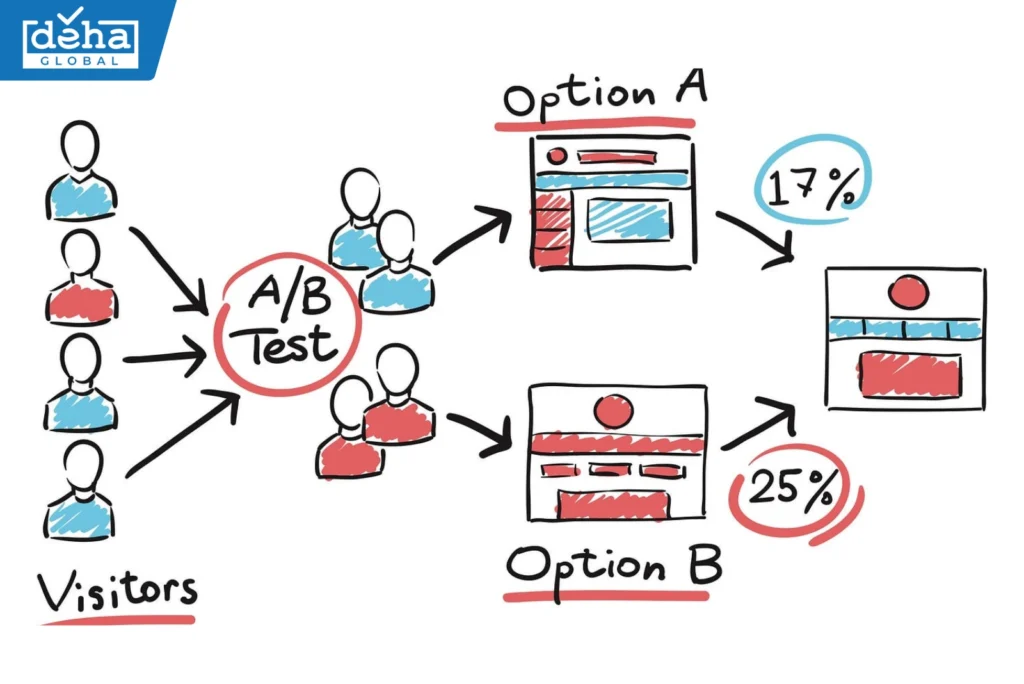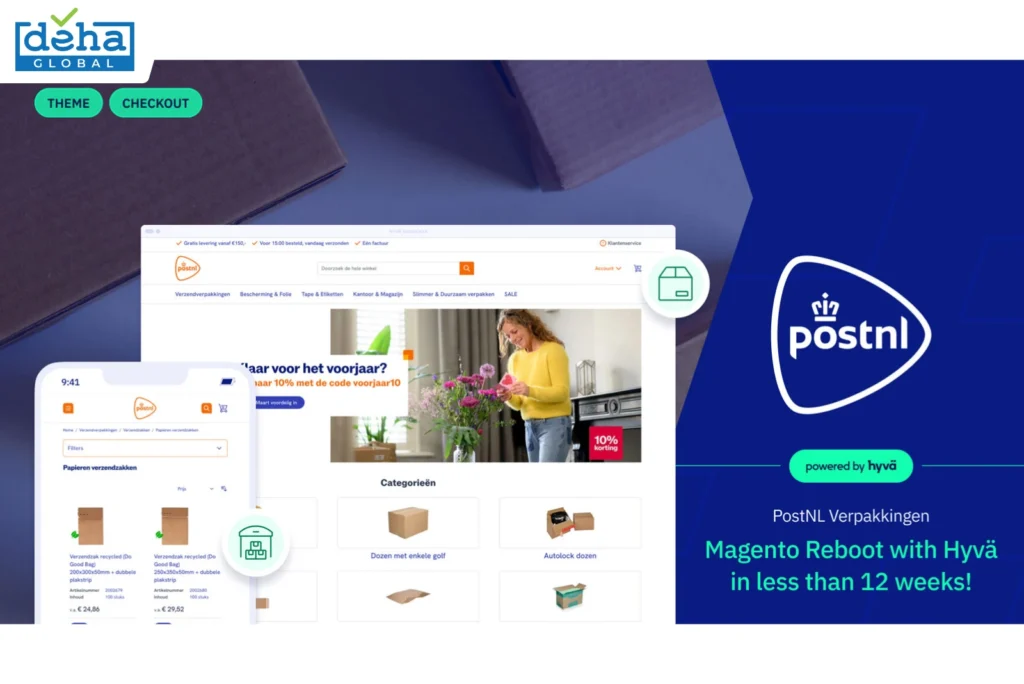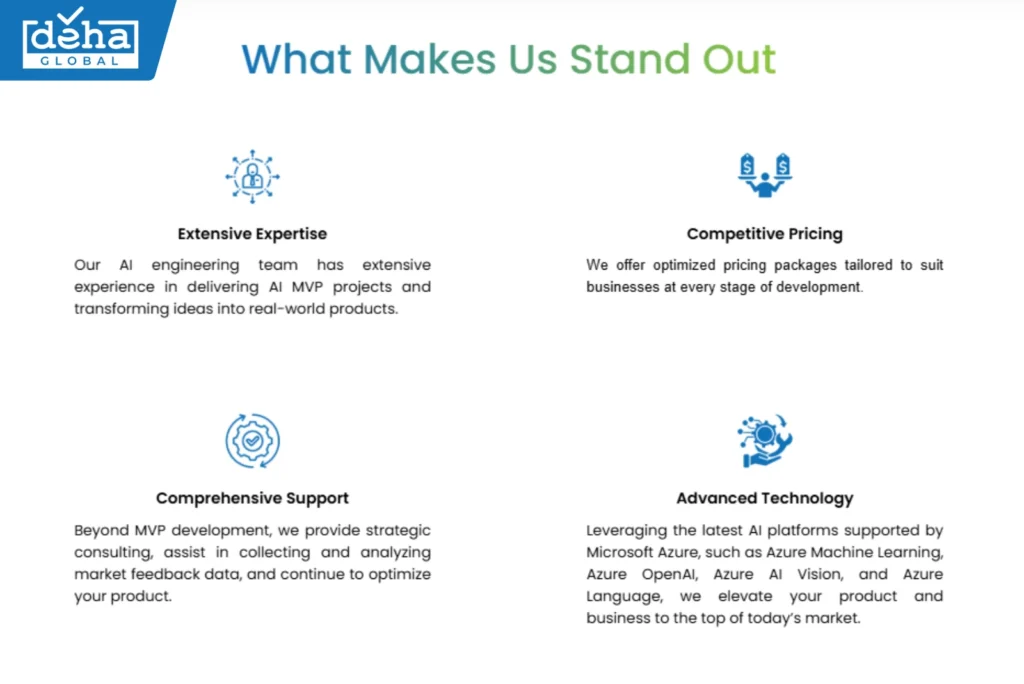Table of contents

Validating a Minimum Viable Product (MVP) that incorporates Artificial Intelligence (AI) is a significant challenge for many businesses today. Ensuring that your AI-driven MVP meets market demands and functions effectively requires careful planning and execution. This article explores several effective methods to validate your AI MVP, helping you navigate this complex process. If you’re keen to learn how to ensure your AI MVP’s success, read on for valuable insights.
Validating an AI-driven Minimum Viable Product (MVP) is essential for startups and businesses aiming to ensure their product meets market needs and functions effectively. Here are five practical methods to validate your AI MVP:
1. Conduct Thorough Market Research
Understanding your target market is the foundation of any successful product. Engage directly with potential users through surveys, interviews, and focus groups to identify their needs and pain points. This approach ensures that your AI MVP addresses real-world problems, increasing the likelihood of market acceptance. Additionally, analyzing competitors helps you identify gaps in the market and areas where your product can stand out. By investing time in comprehensive market research, you lay a solid groundwork for your AI MVP’s development and validation.
2. Develop and Test Prototypes
Creating prototypes allows you to visualize and test your AI MVP’s core functionalities before full-scale development. Utilize prototyping tools to build interactive models focusing on essential features. Conduct user testing sessions to observe how participants interact with the prototype and gather feedback on usability and design. This iterative process helps identify and address potential issues early, refining the product to better meet user expectations and reducing the risk of costly revisions later.
3. Implement A/B Testing
A/B testing involves presenting different versions of your AI MVP to segments of your target audience to determine which performs better. For instance, you might test two different user interfaces or feature sets to see which one resonates more with users. By analyzing user interactions and performance metrics, you can make data-driven decisions about which elements to adopt. This method provides concrete evidence of user preferences, guiding you toward a more effective and user-friendly product.

4. Launch Pre-Order or Crowdfunding Campaigns
Offering pre-orders or initiating crowdfunding campaigns can validate market demand and secure early funding for your AI MVP. By presenting your product concept to potential customers and allowing them to invest or commit financially before the full launch, you gauge interest and gather valuable feedback. Successful campaigns not only demonstrate demand but also build a community of early adopters who can provide insights for further development. This approach mitigates financial risk and ensures that resources are allocated to products with proven market interest.
5. Analyze Competitor Products
Studying existing AI solutions in your target market helps you understand what works and what doesn’t. Evaluate competitors’ products to identify their strengths and weaknesses, and gather user feedback on these products to learn what customers appreciate or dislike. This analysis informs your product development, allowing you to differentiate your AI MVP by addressing unmet needs or improving upon existing solutions. By learning from others’ experiences, you can avoid common pitfalls and position your product more effectively in the marketplace.
By applying these methods, you can systematically validate your AI MVP, ensuring it aligns with market needs and stands a better chance of success. Each approach offers unique insights that contribute to a comprehensive understanding of your product’s potential, guiding you toward informed development decisions.
Exploring real-world examples can provide valuable insights into successful validation strategies. Here are three case studies highlighting how different companies approached AI MVP validation:
1. Integrated Care Solutions (ICS): Enhancing Post-Acute Care Management
Integrated Care Solutions (ICS), a startup focused on improving post-acute care management, collaborated with HatchWorks to develop a flexible system aimed at enhancing patient outcomes. Recognizing the importance of validation, ICS and HatchWorks conducted workshops with key stakeholders to define user needs and outline system features that would positively impact patient results.
By engaging directly with end-users and iterating based on their feedback, ICS ensured that the MVP addressed real-world challenges in patient care. This user-centric validation approach led to the development of a system that effectively improved patient outcomes and streamlined care management processes.

2. Dropbox: Simplifying File Synchronization
Dropbox, now a leading cloud storage provider, began with a simple MVP aimed at solving the common problem of file synchronization across devices. The initial product allowed users to save files in one location and have them automatically synced across all devices.

To validate this concept, Dropbox released a demo video showcasing the product’s functionality, which resonated with potential users and resulted in a significant increase in beta sign-ups. This approach demonstrated the importance of clearly communicating the core value proposition to validate market demand effectively.
3. PostNL: Developing an AI-Based Track and Trace Assistant
PostNL, the Netherlands’ largest parcel and e-commerce corporation, sought to enhance parcel tracking through generative AI. They developed an MVP named SuperTracy, a multi-agent system capable of autonomously managing a broad spectrum of user inquiries and improving internal knowledge handling.

The MVP was successfully implemented, demonstrating technological innovation and feasibility, particularly in communication about parcel tracking. This case highlights the potential of AI-driven solutions in logistics and underscores the importance of MVP validation in showcasing value before full-scale deployment.
These case studies illustrate that successful AI MVP validation often involves a combination of user engagement, clear communication of value propositions, and iterative development based on real-world feedback. By adopting such strategies, businesses can effectively validate their AI-driven MVPs, ensuring they meet market needs and stand a better chance of long-term success.
The validation of an AI-powered Minimum Viable Product (AI MVP) is a crucial step for startups and businesses aiming to integrate artificial intelligence into their offerings. However, this process comes with its own set of challenges that can impact the success of the product. Understanding these challenges and implementing effective solutions is key to a successful validation process.

By proactively addressing these challenges, businesses can enhance the validation process of their AI MVPs, leading to more reliable and market-ready products.
DEHA Global provides a comprehensive suite of services tailored to support businesses in validating AI MVPs:

By choosing DEHA Global, startups and businesses can effectively navigate the complexities of AI MVP validation. Their expertise, competitive pricing, and comprehensive support empower you to bring your AI-driven product to market efficiently and successfully.
In conclusion, validating an AI MVP is a critical step in ensuring its market readiness and effectiveness. By implementing the methods discussed, businesses can gather essential feedback, refine their products, and increase the likelihood of success. Remember, thorough validation not only mitigates risks but also paves the way for a product that truly resonates with users. Embracing these strategies will position your AI MVP for optimal performance in a competitive landscape.